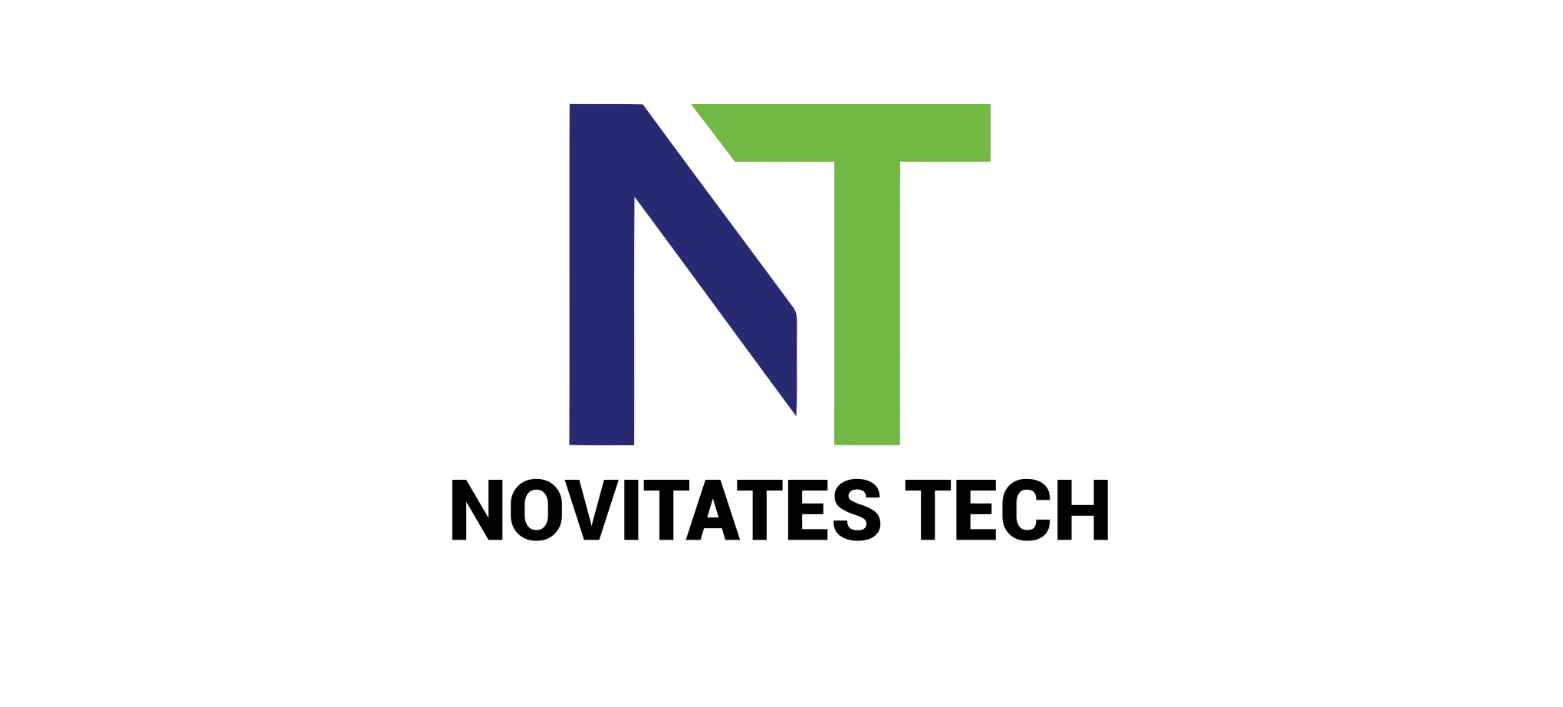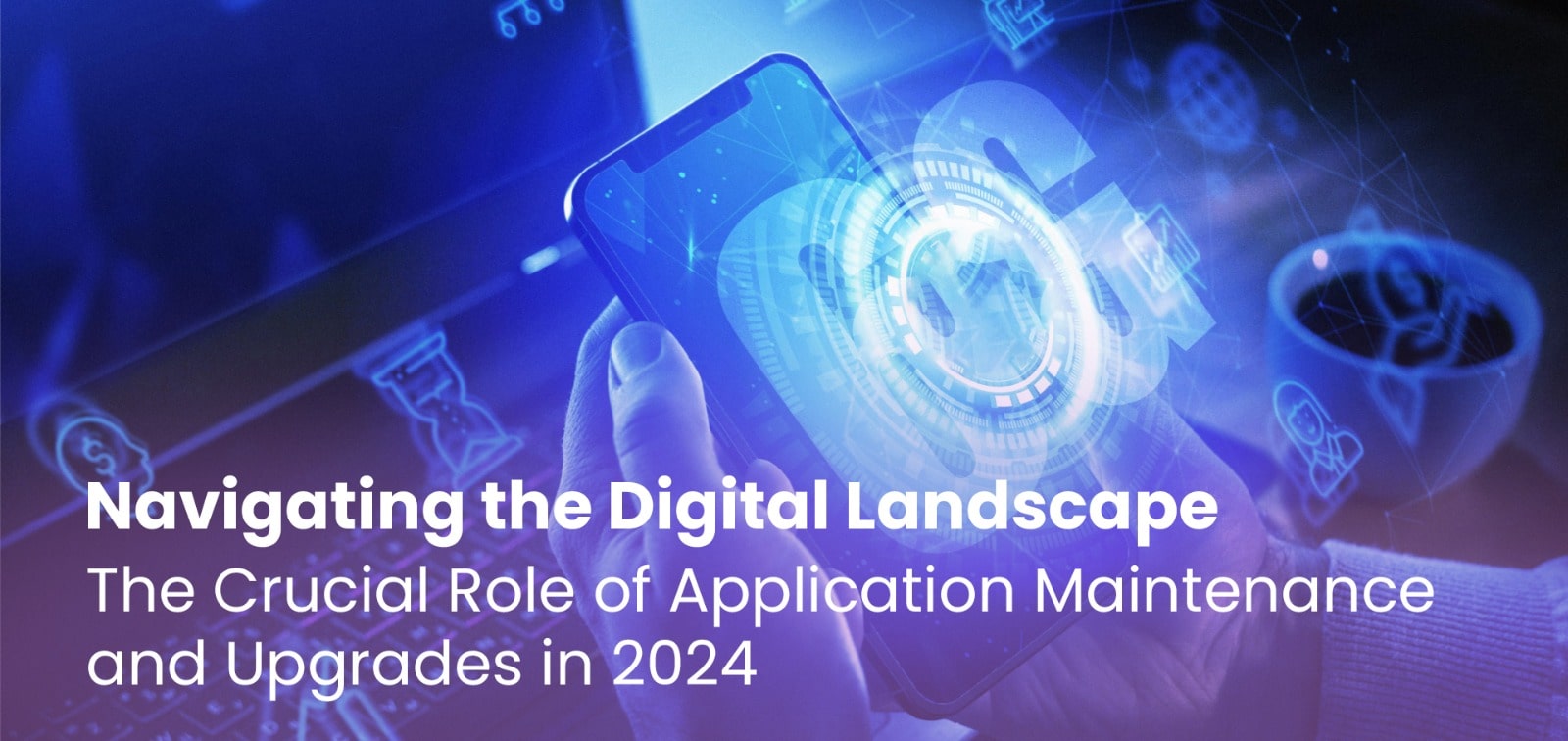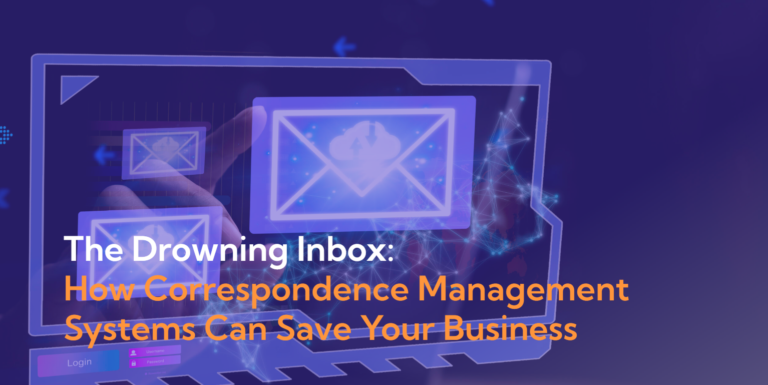In an era dominated by rapid technological advancements and digital transformation, the importance of robust and up-to-date applications cannot be overstated. Businesses and organizations worldwide are increasingly reliant on software applications to streamline processes, enhance productivity, and stay competitive in a dynamic market. However, the journey doesn’t end with the development and deployment of applications; rather, it marks the beginning of a new phase – Application Maintenance and Upgrades.
The Landscape of Application Usage
Before delving into the significance of maintenance and upgrades, let’s examine the latest trends in application usage. According to predictions for 2024, the number of mobile app downloads worldwide is projected to reach a staggering 385 billion, a substantial increase from previous years1. This surge is indicative of the growing reliance on applications for various purposes, spanning from entertainment and communication to business and education.
In the business realm, organizations are accelerating their digital transformation efforts in 2024. A report by Accenture highlights that 92% of organizations are now prioritizing digital initiatives, indicating a significant increase compared to previous years2. This digital shift involves the deployment of diverse software applications to optimize operations, enhance customer experiences, and foster innovation.
Challenges and the Need for Maintenance
While applications play a pivotal role in modern business operations, they are not immune to challenges. Latest predictions indicate that poor software quality costs the global economy an estimated $3.7 trillion annually3. The majority of these costs stem from maintenance activities necessitated by software defects, security vulnerabilities, and performance issues.
Software Defects: Over time, applications may develop bugs or defects that can disrupt functionality. A proactive maintenance strategy is essential to identify and rectify these issues promptly, preventing potential business disruptions.
Security Vulnerabilities: With cyber threats evolving rapidly, maintaining the security of applications is paramount. Regular upgrades and security patches are crucial to fortify applications against these ever-changing cyber threats.
Performance Optimization: As user expectations continue to rise, ensuring optimal performance is vital. Regular maintenance allows for performance monitoring and optimization, improving user experiences and satisfaction.
The Business Impact of Application Upgrades
Upgrading applications in 2024 is not just about fixing issues but also about leveraging new features and technologies to stay ahead in the competitive landscape. Latest predictions suggest that organizations that prioritize digital transformation and upgrades achieve, on average, 45% higher profitability than their counterparts4.
Innovation and Agility: Upgrades introduce new features and capabilities, enabling organizations to innovate and adapt to changing market demands swiftly. This agility is a key differentiator in today’s fast-paced business environment.
User Experience Enhancement: Application upgrades often focus on enhancing the user interface and experience. This not only improves customer satisfaction but also contributes to increased user engagement and loyalty.
Compatibility and Integration: As technology evolves, applications need to stay compatible with new platforms and integrate seamlessly with other systems. Regular upgrades ensure that applications remain interoperable and aligned with the broader technological landscape.
Best Practices for Application Maintenance and Upgrades
To navigate the complex terrain of application maintenance and upgrades in 2024, organizations should adopt the latest best practices:
Regular Audits and Assessments: Conduct regular audits to identify potential issues and assess the overall health of applications.
Proactive Monitoring: Implement monitoring tools to detect performance issues and security vulnerabilities in real-time.
Scheduled Upgrades: Plan and schedule upgrades strategically to minimize disruptions to business operations.
User Feedback Integration: Incorporate user feedback into the upgrade process to address specific pain points and improve user satisfaction.
Collaboration with Developers: Foster collaboration between development and operations teams to streamline the upgrade process and ensure a smooth transition.
In the ever-evolving digital landscape of 2024, the journey doesn’t end with the deployment of applications; rather, it transforms into a continuous cycle of maintenance and upgrades. Organizations that prioritize the health and evolution of their applications are better positioned to thrive in a competitive environment. By embracing the latest best practices and staying abreast of industry trends, businesses can harness the full potential of their applications and pave the way for sustained success.






